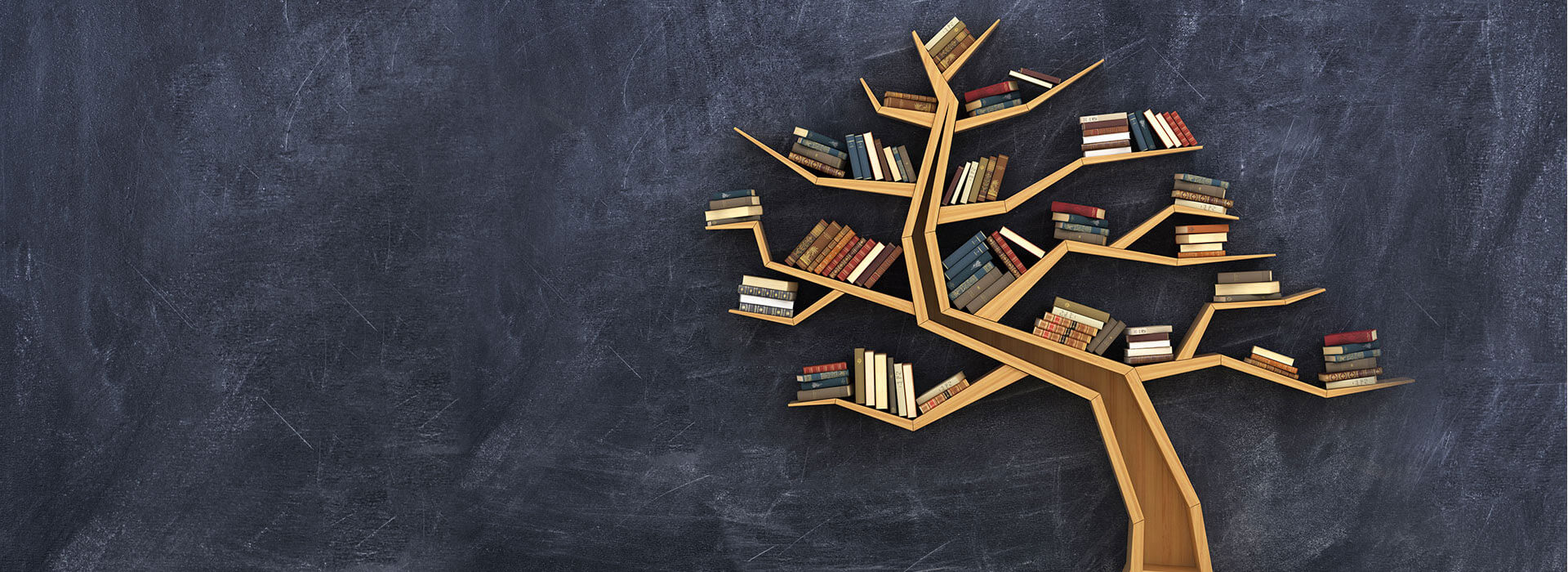Am I a vessel or a channel?
Resources that fill your vessel
Do you know the text by Bernhard von Clairvaux about self-care?
"If you are reasonable, prove yourself as a vessel and not as a channel, which receives and passes on almost simultaneously, while the former waits until it is filled. In this way, it passes on what overflows from it without harm to itself. Learn also to pour out only from abundance and do not wish to be more generous than God. The vessel imitates the source. Only when it is saturated with water does it flow to the river, becoming the sea. You do the same! First fill, and then pour out. Kind and wise love is accustomed to overflowing, not outflowing. I do not want to become rich if you become empty in the process. For if you treat yourself poorly, to whom are you good? If you can, help me from your abundance, if not, spare yourself." (by Bernhard von Clairvaux)
Being a vessel ultimately means finding and strengthening resources that you perceive as positive and stabilizing or "filling" in the current situation. Ideally, you can build on existing resources. If you have no idea what a new resource could be for you, then orient yourself to the following nine categories:
1. Essential Resources
There are three resources that are essential for all people alike. These are: food, breathing, and light. Without food, we die. Food gives us life energy. Every cell in our body was once food that we metabolized. We begin our lives with the first breath and end it with the last breath. In between, we take thousands of breaths. Without light (sunlight), some processes in our bodies cannot occur, and in the long term, we would die without sunlight.
2. Health-promoting Resources
In Ayurveda, nutrition, sleep, and right conduct form the three pillars of life (Tri Stambha) and are important resources for a healthy life. With food, a distinction is made between health-promoting and health-detrimental foods. Depending on individual constitution and current health status, health-promoting foods can be metabolized more easily, tissues can be fully nourished, and Ojas (life force/immunity) can be created. If sleep is undisturbed, important physical (e.g., hormone production, cell renewal) and mental processes (e.g., REM phase) can occur undisturbed. Renunciation behavior, stimulus control, or minimizing stimuli, as well as an ethical way of life, are examples of right conduct and also contribute to physical and mental health.
3. Physical Resources
Passive physical resources include sleeping and taking a nap. Restorative activities such as yoga, stretching, hiking, and massages that improve circulation and blood flow, flexibility, and the balance of the body's energy flows are active resources and can also serve to restore inner balance.
4. Mental Resources
Who doesn't know them? A person who starts work every day with a large cup of coffee. Who is often irritable or forgetful and unfocused. Whose thoughts continue to circle in the evening, and even though he has slept seven to eight hours, he wakes up feeling as if he never went to bed. This person has a mental rest deficit.
In general, many resources come into consideration in this category, as long as they help to calm the mind. This could be a note next to the bed to capture nagging thoughts that keep you awake. Meditation, Yoga Nidra, but also any other form of pause can be a resource for you.
5. Sensory Resources
Bright light, computer screens, televisions, cell phones, any kind of background noise, and a variety of conversations - whether in the office, during Zoom conferences, or privately - can overwhelm your senses. This can be countered by something as simple as closing your eyes for a minute. To enhance the effect, you can simultaneously cover your ears and shut off sight and hearing for brief moments. Those who practice yoga may know Brahmeri – a breathing exercise for more calmness and energy.
Conscious moments of sensory deprivation can offset the damage that an overstimulated world has caused. There are many opportunities in everyday life for this. Consciously refrain from reading and watching television two hours before sleeping. Set a time control for specific apps on your phone or use a night setting where no calls or messages come in are just examples.
6. Creative Resources
This type of resource is particularly important for those who need to solve problems or develop new ideas. You could transform your workspace into a place of inspiration, for example, by hanging up pictures of places that appeal to you. The goal is to find personal sources of inspiration. It doesn't matter if you look at a flower or read books, as long as it is done attentively and mindfully.
7. Emotional Resources
Suppressing one's own emotions, be it sadness, anger, or fear, can cause illnesses. At the same time, they also offer an opportunity for overcoming. An emotionally rested person can respond to the question "How are you today?" with an honest "I'm not doing well" - and then say things that would otherwise remain unsaid.
8. Social Resources
When people need emotional peace, they may also have a deficit of social resources. This occurs when you cannot distinguish between the relationships that fill your resources and the relationships that exhaust you. Everyone knows that a positive and supportive environment can do us good.
9. Spiritual Resources
A spiritual resource is the ability to feel a deep sense of belonging, love, acceptance, and meaning. It helps to engage in the common good, incorporate prayers/mantras or meditation into the daily routine. Changing spiritual energies with the help of mantras can dissolve the ego and promote self-awareness. In contrast to food or massage (indirectly affecting the mind), this can be a direct resource for the mind.
What you personally perceive and use as a resource is always right when you fill your vessel with it and practice it regularly.


